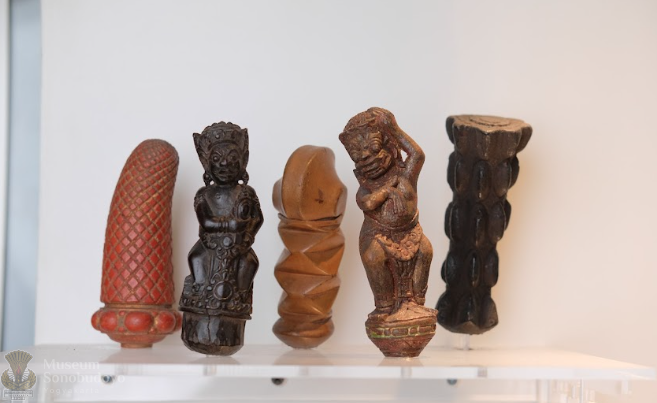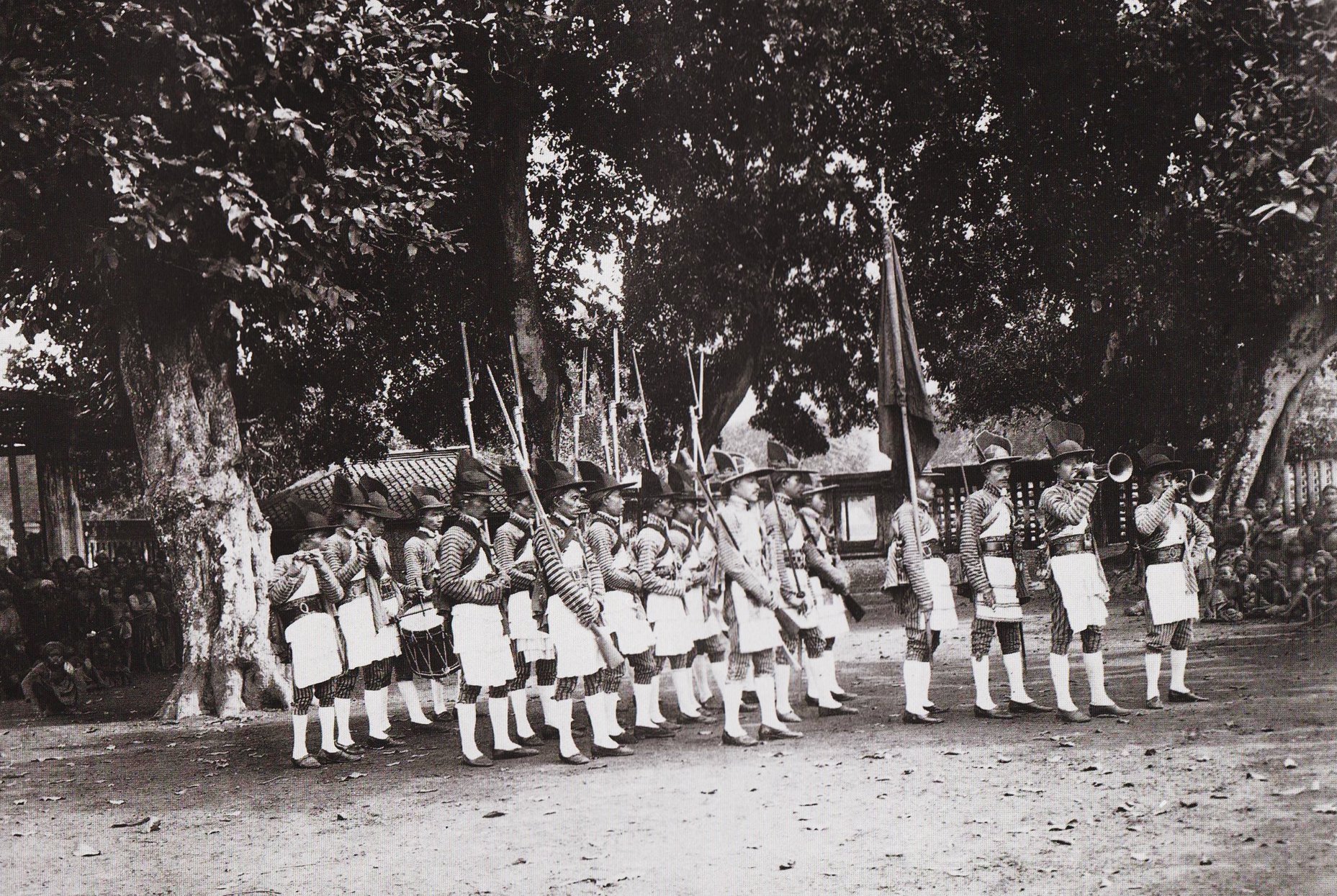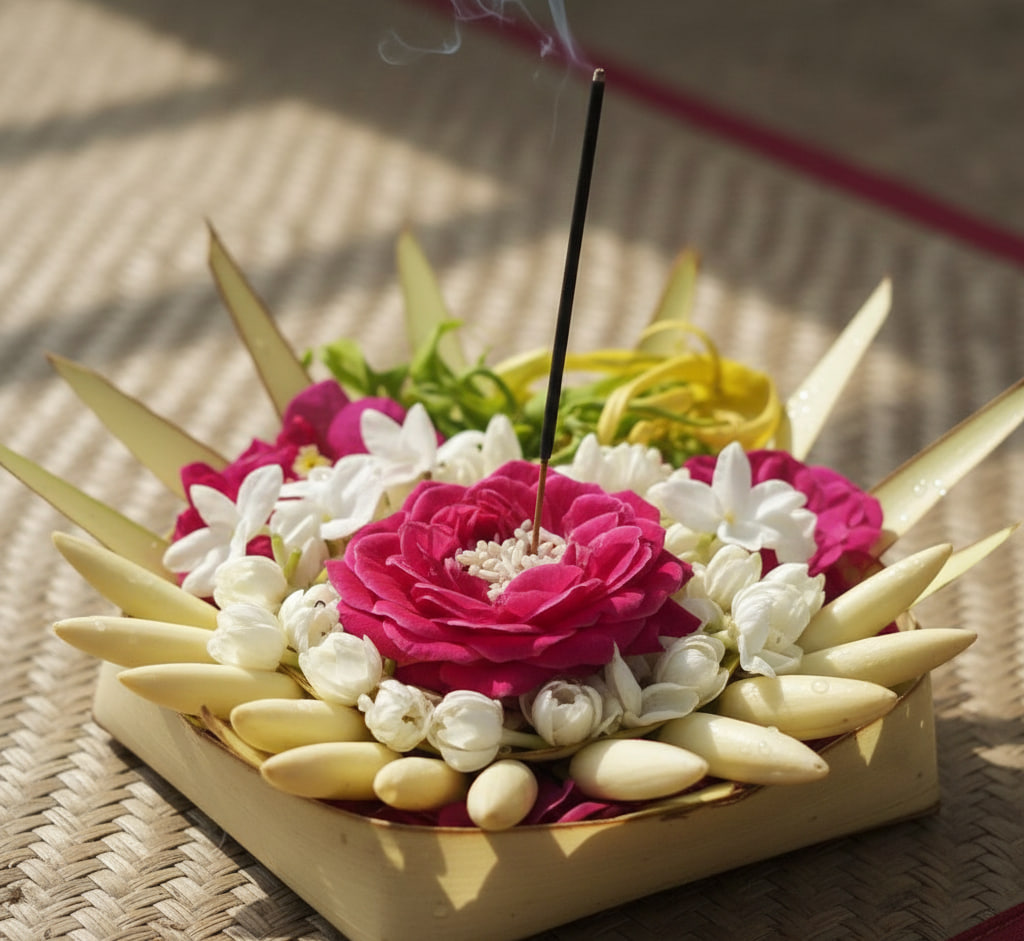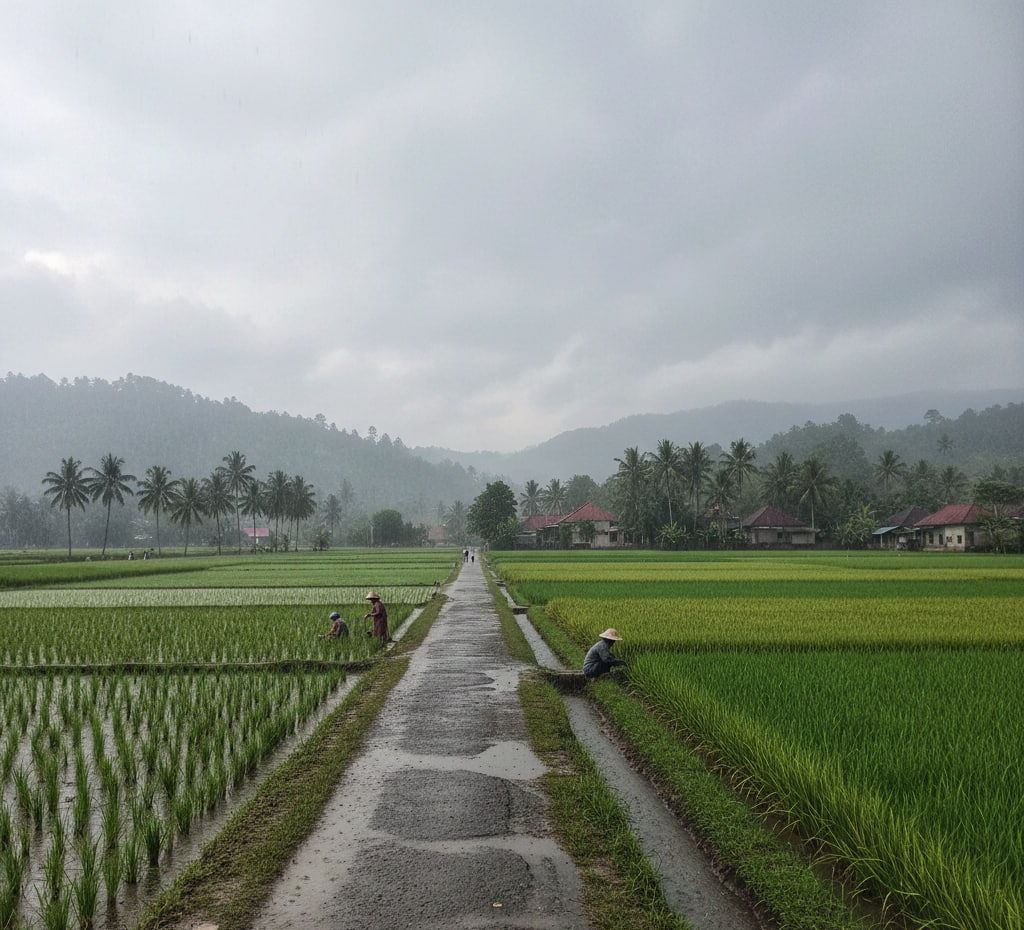News
Deder: The Art and Meaning Behind the Keris Handle in the Archipelago
The deder, or keris handle, is more than just a functional part of this traditional weapon; it also holds significant artistic and philosophical value. Each shape, carving, and material used in the deder reflects the local culture and beliefs of its makers. The primary materials for making deder often include high-quality woods like kemuning, buffalo horn, or ivory, all valued for their durability and unique beauty.
Uniqueness and Philosophy of Keris Deder
The uniqueness of the keris deder lies in its quality materials and intricate, detailed carvings. Each motif carved into a deder carries deep symbolism, such as bravery, wisdom, or protection. Different types of deder bring unique symbolic meanings, with carvings varying by region and culture of origin.
Here are several types of deder, or keris handles, from different regions in the archipelago:
1. Cecanginan
Cecanginan is a typical keris handle from Bali, inspired by the form of a tree trunk with numerous knots and pruned branches. The deder Cecanginan typically measures around 13 cm and is often equipped with a small keris ring, or mendak. This distinctive shape reflects the close connection between Balinese society and nature, showcasing the refined artistry that the island is known for.
2. Cekah Redut
Cekah Redut is a type of keris handle from Lombok, named after the eleven notches on its front, left, and right sides. In the Lombok language, “solas” means eleven, which inspired the name for this keris handle style. Cekah Redut represents the traditional values and unique artistry of the Lombok people, with each carving reflecting their craftsmanship and reverence for their ancestors.
3. Jawa Demam
Known widely across the Malaysian Peninsula, Riau, Jambi, Sarawak, Brunei, and Sabah, Jawa Demam resembles a human figure with a head wrap, folding its arms in front. While anthropomorphic in form, the human shape in the Jawa Demam handle is stylized beautifully and decorated with very fine carvings. This handle is typically made of hardwood, ivory, or silver, enhancing the keris’s aesthetic and exclusive appeal. In the 1920s, this model was also known as Jawa Demang and considered a refinement of the simpler chicken-head keris handle.
4. Pekakak
Pekakak is a well-known keris handle style found across the Malaysian Peninsula, the Riau Islands, Jambi, Sarawak, Brunei, and Sabah. Its unique design resembles a mythical giant's head with large eyes and a long nose, crafted from hardwood, ivory, or even wood layered with silver. This design reflects both the spiritual beliefs and the unique artistic tradition of Malay society.
Preserving Cultural Values Through Keris
The deder of a keris is not just a grip but a representation of cultural, aesthetic, and philosophical values passed down through generations. Each intricate carving, material, and shape tells a story preserved within, making the keris deder not just an accessory but a profound cultural heritage.



